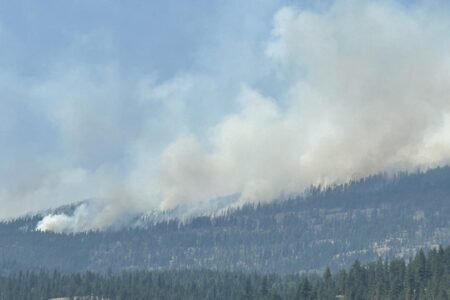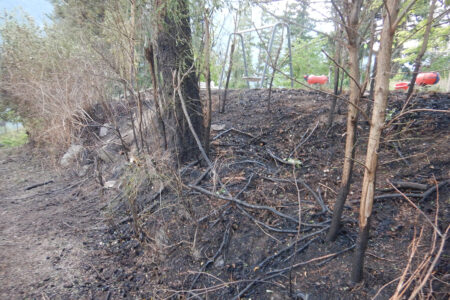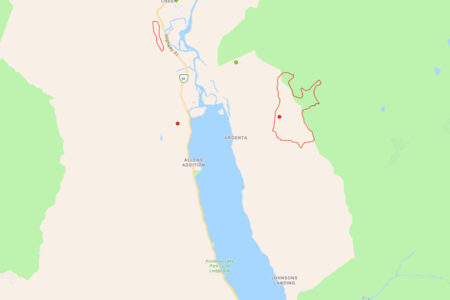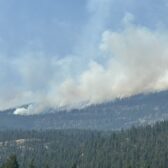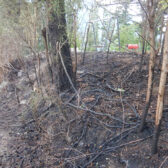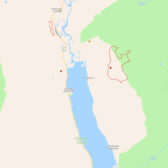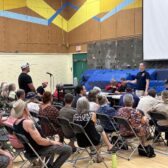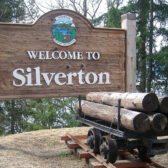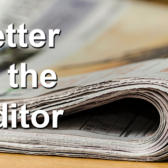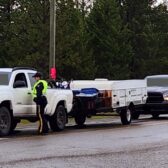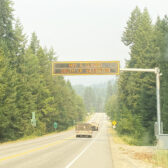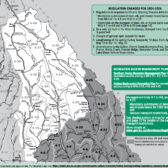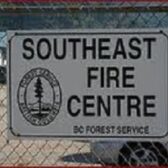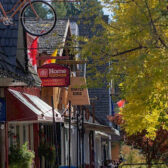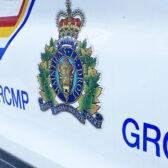First disposal of city surplus assets policy drawn up for City Hall
The proof is now in the pudding when it comes to the disposing of surplus city assets.
A formal policy governing the process for disposing of surplus City assets has been crafted for the City of Nelson, after city council approved the document.
The policy provides for a formal and consistent process for the disposal of surplus city assets, excluding land. Under the terms of the policy, city staff are required to consider how to obtain the most value to the city when disposing of surplus assets, which may mean additional revenue would be generated from the sale of an item.
“I think this just exemplifies the idea of the fact that we need best practices in all aspects of what we do internally and this just provides that guidance,” said Coun. Janice Morrison, adding that it assures the public that the money spent on equipment is being disposed of in an appropriate way or fashion.
Staff had found it challenging when there were items to be disposed of (i.e. no longer needed by the city) and there was no clear directive on how this was to be done in the “most transparent, environmentally sensitive manner, and for the most value to the municipality.”
Previously, the city relied on practices and policies that other municipalities and government bodies had in place, which are generally consistent with each other and promote a process that:
- maximizes economic value for the organization;
- is transparent;
- is non-discriminatory; and
- considers environmental impacts.
The policy also requires that department heads notify other departments of the surplus asset prior to disposal, allowing other city departments do not have a need or use for the item.
Two major activities will be prohibited by the policy, including the disposal of assets at no cost to council or an employee of the City of Nelson where the asset has a reasonable market value.
As well, disposal of assets at no cost to businesses or individuals where the asset has a reasonable market value is also prohibited.
The procedure
- The city will dispose of all surplus assets in a manner which minimizes the environmental impact and maximizes the financial return to the city. The needs of the greater community should also be considered, especially where the surplus asset has little market value.
- The disposal of all surplus assets must be approved by the department head or their designate, of the department that is responsible for the asset.
- Department heads, or their designate, are encouraged to give notification of the proposed disposal to other city departments, to ensure the equipment would not be beneficial to another city department.
- Surplus assets with little or no market value (including recycling market value) are to be destroyed/disposed of in a safe and environmentally acceptable manner.
- For usable items the department head may approve that the surplus asset be disposed of. The department head will determine the method of disposal that will maximize the revenue potential and consider the sustainable impacts.
- For clarity, disposal of surplus assets to employees, or relations thereof, must be made at the fair market value of the asset, through an open bidding system.
- All funds from the sale of surplus assets are to be accounted for as revenue for the City of Nelson and must not be used for the benefit of any employee or employee group.
— Source: City of Nelson
Natural meadow space created
The city approved the creation of a natural meadow space that supports native pollinators on a downtown section of land.
City council approved a Kootenay Native Plant Society proposal to transform an unused section of land on the closed section of Hendryx Street that runs south of Victoria Street and Silica Street into a “natural meadow space that supports native pollinators.”
A licence of occupation will be drawn up.
The dimensions of the closed section of Hendryx Street are 34 metres by nine metres (306 sq.m.). The goals of the natural meadow space are environmental, social and educational.
The project would take three to five years in order to complete and establish the full stretch of meadow.




